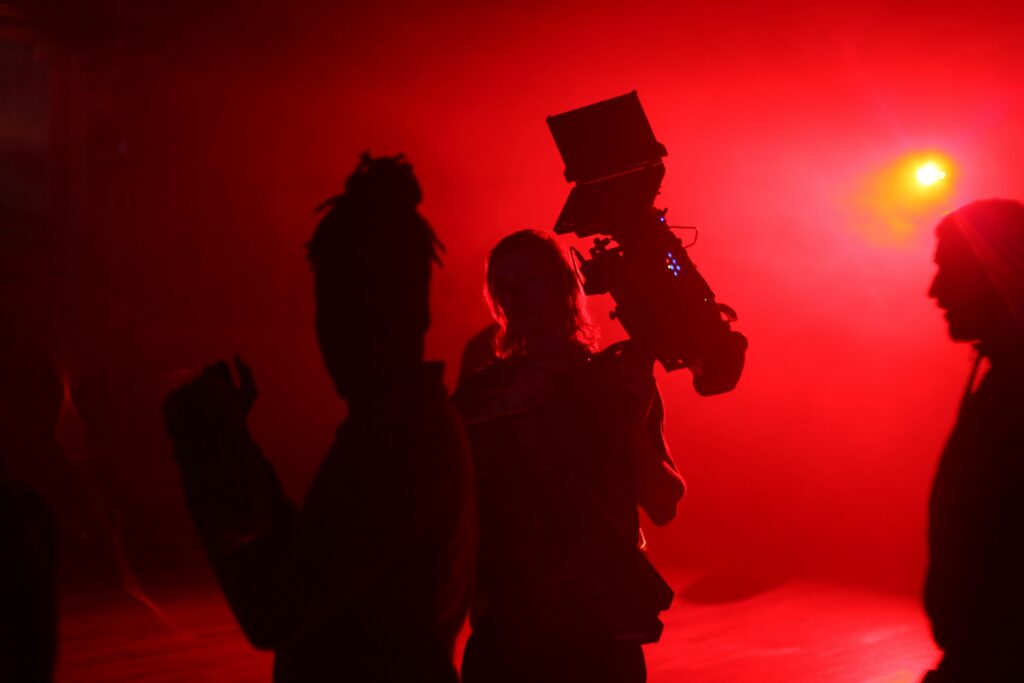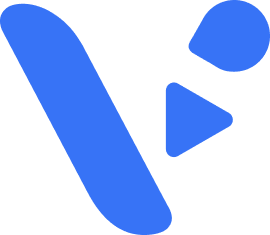Has OpenAI done it again? The multi-billion dollar AI start-up recently unveiled Sora (which we talked about before, when OpenAI teased it months ago), its groundbreaking text-to-video AI model. This innovative tool is part of OpenAI’s “12 Days of OpenAI” initiative, a series of daily product releases designed to expand the horizons of artificial intelligence. With Sora, the company aims to empower content creators while tackling the complexities of AI-generated video production responsibly.
Let’s delve into what makes Sora a game-changer, how you can access it, and its implications for the future of video production.
What Is Sora?
Sora is OpenAI’s latest leap in AI: a tool that can transform text prompts into fully rendered videos up to 20 seconds long. Users can choose from various aspect ratios, making it versatile for platforms ranging from social media to professional presentations. While the idea of text-to-video AI isn’t entirely new, Sora’s launch signals a significant stride forward in making this technology more accessible and practical for everyday users.

At its core, Sora combines natural language processing and generative AI to interpret written descriptions and create dynamic visual content. Imagine typing a simple sentence like “a serene beach at sunset” and receiving a short, polished video that captures that exact scene. For content creators, marketers, and educators, Sora represents a tool that can bring ideas to life in ways that were previously unimaginable without a full production team.
How Can You Access Sora?
Currently, Sora is available exclusively to ChatGPT Plus and Pro subscribers. The subscription structure includes different tiers tailored to varying user needs:
- ChatGPT Plus ($20/month): Subscribers can generate up to 50 videos per month. By default, Sora renders videos at 480p, with the option to upgrade to 720p.
- ChatGPT Pro ($200/month): Pro users enjoy unlimited video generations and receive videos rendered at 1080p resolution, making this option ideal for professionals requiring high-quality output.
Access is straightforward. If you’re a subscriber, Sora’s capabilities integrate seamlessly into the ChatGPT interface, enabling users to create videos alongside other AI-driven tools.
Is Sora Safe?
Safety and ethical considerations take center stage in Sora’s design. OpenAI has implemented several measures to address potential misuse and ensure transparency:
- Restricted Depictions of Real People: Currently, OpenAI limits the ability to generate videos depicting real individuals to a select group of testers. This restriction helps mitigate risks like unauthorized likeness usage.
- Content Watermarking: All Sora-generated videos feature watermarks and include C2PA metadata, a cryptographically signed credential that reveals the media’s origin and editing history. These elements enhance transparency and reduce the risk of deceptive use.
- Prohibited Content Guidelines: OpenAI enforces strict policies against generating harmful or inappropriate content. Users found violating these guidelines may face restrictions or account bans.
- Collaborative Safety Testing: External experts conduct rigorous testing to identify and mitigate potential risks associated with Sora’s use.
While these safeguards provide robust protection, ethical concerns remain. OpenAI acknowledges these challenges and continues to refine its safety measures in collaboration with the broader tech community.
Availability
Sora is accessible in regions where ChatGPT operates, excluding the European Union, Switzerland, and the United Kingdom. These exclusions stem from regulatory considerations, particularly those concerning data privacy and AI governance. OpenAI’s decision reflects a cautious approach to launching in areas with stringent compliance requirements, though future availability may expand as regulatory frameworks evolve.
Advantages and Weaknesses of Sora
Sora’s introduction sparks excitement and raises questions about its broader implications. Here’s a look at its key strengths and limitations:
Advantages
- Enhanced Creativity: Sora’s ability to translate text prompts into video opens new avenues for creative expression. Content creators can experiment with concepts and visuals without needing extensive technical expertise.
- Cost Efficiency: By automating aspects of video production, Sora reduces expenses tied to traditional filming and editing.
- Accelerated Production: Sora allows for quick turnaround times, making it easier to produce timely content for fast-paced industries like news and marketing.
Weaknesses
- Ethical Concerns: Risks of deepfakes and misinformation persist, despite safeguards. Ethical debates about AI’s role in media production are far from resolved
- Quality Limitations: While impressive, Sora’s outputs may struggle with complex scenes or nuanced actions, limiting its utility for some professional-grade projects.
- Regulatory Challenges: Restricted availability in key markets may hinder Sora’s global adoption.
What Does This Mean for the Future of Video Production?
Sora’s debut signals a transformative shift in video production. As AI tools like Sora become more accessible, the barriers to creating high-quality video content will continue to diminish. This democratization of video production could empower individuals and small businesses to compete with larger organizations in delivering polished, professional visuals.

Generative AI tools such as ChatGPT and image-generation platforms like DALL-E and Midjourney have laid the groundwork for this transformation by normalizing AI’s role in creative processes. These tools have allowed creators to generate realistic images and designs with minimal effort, opening the door to new creative possibilities.
Sora takes these lessons a step further by introducing video into the mix. Unlike static images, videos have an additional layer of complexity, requiring coherent movement and narrative flow. The rise of generative AI in video builds upon the successes and pitfalls of earlier tools, making ethical oversight, quality improvements, and user education more critical than ever. As a result, while platforms like DALL-E have paved the way, Sora represents both an evolution and a fresh set of responsibilities for developers and users alike.
Our Take
Sora’s video generation capabilities are undeniably impressive, but what truly stands out is the seamless integration of thoughtful design and user input by the OpenAI team. Features like the storyboard and card-based timeline let users shape video generation step by step, blending AI’s computational power with human creativity and direction.
This approach is both straightforward and profoundly impactful. It maximizes the AI’s potential while smartly addressing its limitations—like difficulties with producing long, continuous clips—by allowing users to refine outputs and piece together cohesive videos. Unlike many applications that either force AI into rigid frameworks or remove users from the creative process entirely, Sora exemplifies how AI can empower rather than replace human input.
FAQ
What is Sora?
Sora is an AI model developed by OpenAI that generates videos from text prompts. It can create realistic and imaginative scenes based on user instructions, producing videos up to a minute long while maintaining visual quality and adherence to the provided prompt.
How much does Sora cost?
As of December 2024, Sora is available to ChatGPT Plus and Pro subscribers at no additional cost. ChatGPT Plus subscribers, at $20 per month, can generate up to 50 videos monthly at 480p resolution, with options for higher resolutions. Pro subscribers, at $200 per month, have access to expanded capabilities, including higher resolution options and longer video durations. OpenAI plans to introduce specialized pricing tiers in early 2025.
Is Sora released to the public?
Yes, Sora was officially released to the public on December 9, 2024. It is accessible to ChatGPT Plus and Pro users in regions where ChatGPT operates, excluding the European Union, Switzerland, and the United Kingdom due to regulatory considerations.
Who has access to Sora AI?
Currently, Sora is available to ChatGPT Plus and Pro subscribers in supported regions. OpenAI is working on tailored pricing for different types of users, which is expected to be available early next year.
Is Sora part of ChatGPT?
Sora is a separate AI model developed by OpenAI, distinct from ChatGPT. While both are products of OpenAI, Sora focuses on generating videos from text prompts, and ChatGPT specializes in conversational text generation. However, OpenAI has integrated Sora into the ChatGPT platform, enabling Plus and Pro subscribers to access its features.

